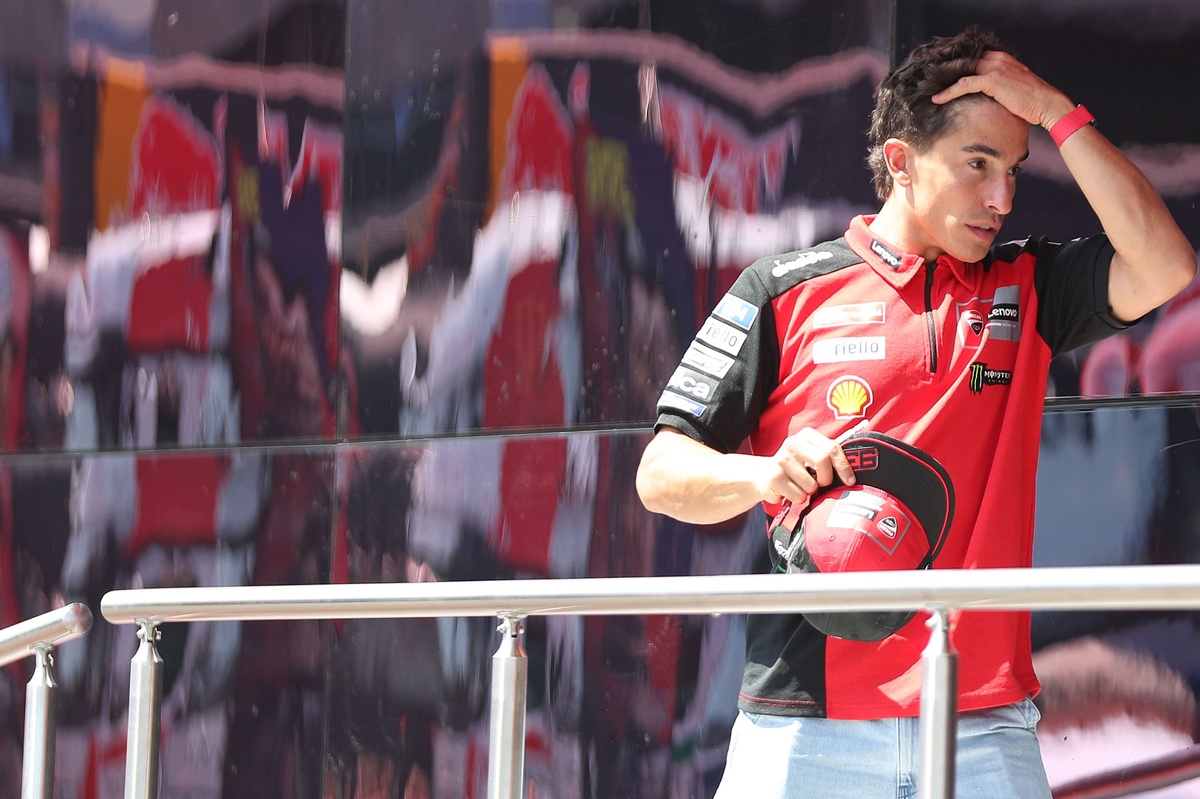Marc Marquez and Pedro Acosta Resist MotoGP's Anti-Highside Software

Top MotoGP Riders Voice Concerns Over New Stability Control System
At the upcoming Austrian Grand Prix, top MotoGP riders Marc Marquez and Pedro Acosta have raised concerns about the introduction of a new stability control system. This software is designed to reduce engine torque when the bike slides, and it will be implemented at the Red Bull Ring this weekend. While teams are not required to use the system, its potential competitive advantage means that most will likely adopt it.
This move contradicts the broader narrative in MotoGP that rider aids are being phased out. The series is set to ban ride height and holeshot devices from 2027, along with reducing the impact of aerodynamics through new regulations. The introduction of stability control seems to run counter to these changes.
MotoGP officials claim the system is a safety measure aimed at preventing dangerous highside crashes. However, during a press conference ahead of the Austrian race, Marquez expressed his opposition. Known for suffering several highside crashes in his career, including one in 2020 that nearly ended his career, Marquez believes the system reduces the rider's influence on the bike.
“For me, it’s clear: the more things you introduce on the bike – in this case electronics – the less difference the rider can make,” said Marquez. He tested the new control at Aragon and during a Malaysia test, noting that it makes riding easier. “You can be [pushing] against the control and the bike is doing everything. So, as a rider, I don’t like it. [Whether it’s for] safety or not.”
Acosta, another highly talented rider, echoed similar sentiments. The Spanish KTM rider argued that instead of introducing more aids, the focus should be on removing them, as seen in the 2027 regulations. “Every time we are introducing [another aid], I think we have to go the other way around,” he said. “Try to remove it, like we see in the new regulations for 2027, [when] we start to take out the [ride height] device and all these things. I think we have to start to think about taking out these aids that we have on the bike.”
On the other hand, Marco Bezzecchi of Aprilia believes that the best riders will still stand out despite the presence of such aids. “Of course, as Marc said, the rider can make a little bit less difference,” he noted. “This is not the best. But in the end, when everyone [gets on] top of the setting of everything, then the rider will make the difference again. So, it’s a matter of time.”
The exact benefits and impact of the new software remain unclear. Riders have tested versions of it during group tests earlier in the season, but few have formed strong opinions about its effectiveness before the race begins on Friday morning.
According to MotoGP’s release, the system is “slightly different to traction control, which instead reacts to the tyre spinning.” This distinction may affect how the system is perceived and used by riders and teams.
As the Austrian Grand Prix approaches, the debate over the stability control system continues. While some see it as a necessary safety measure, others view it as a step backward in preserving the essence of rider skill and competition. The outcome of this weekend’s race may provide further insight into the system’s impact on performance and safety.

Comments
Post a Comment